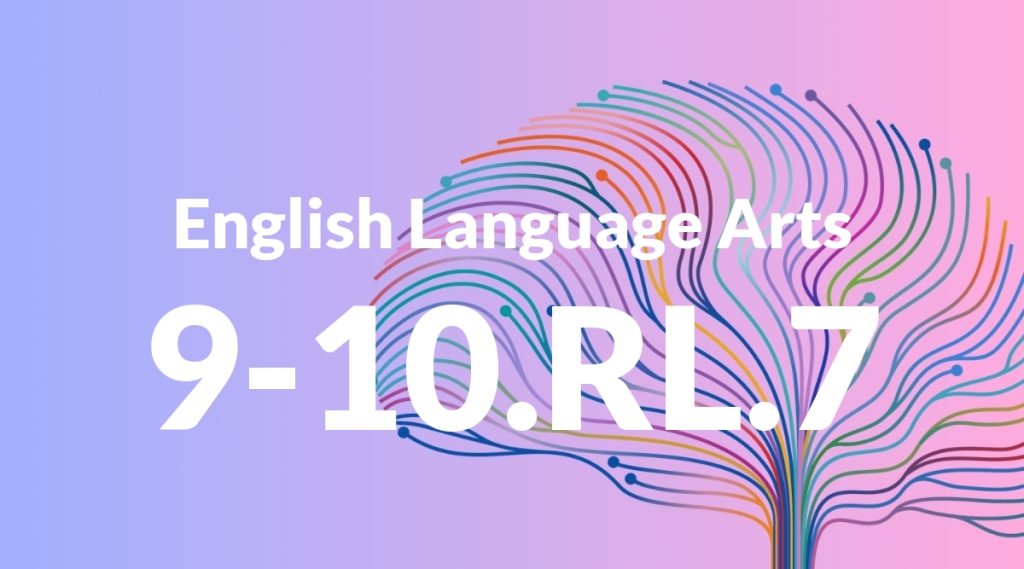Standard: 9-10.RL.7 – Analyze the representation of a subject or a key scene in two different artistic mediums, including what is emphasized or absent in each treatment (e.g., Auden’s ‘Musée des Beaux Arts’ and Breughel’s Landscape with the Fall of Icarus).
Grade level: Grade 9-10
Subject: English Language Arts
Domain: Reading: Literature
Teacher Overview
This standard focuses on analyzing how different artistic mediums represent the same subject or scene. It is important because it helps students understand the diverse ways in which art and literature can convey meaning, and it enhances their critical thinking and analytical skills. Students need to have a foundational understanding of literary analysis, including themes, motifs, and symbols, as well as experience in comparing and contrasting texts.
After mastering this standard, students will be able to conduct deeper literary analyses and appreciate the nuances of different artistic interpretations. They will enhance their critical thinking and comparative analysis skills.
Common Misconception 1
A common misconception is that all artistic mediums should represent a subject in the same way. This is incorrect because each medium has its own unique features and can emphasize different aspects of the subject.
Intervention 1
To address this misconception, teachers can use side-by-side comparisons of different mediums to highlight the unique features and choices made by the artist or author.
Common Misconception 2
Another common misconception is that one medium is inherently better than another for representing a subject. This is incorrect because each medium has its own strengths and limitations.
Intervention 2
Teachers can encourage discussions on the strengths and limitations of each medium and how they contribute to the overall understanding of the subject.
Prerequisite Knowledge
Students should have basic skills in literary analysis, including understanding themes, motifs, and symbols. They should also be familiar with comparing and contrasting texts.
Subsequent Knowledge
Students will develop the ability to conduct deeper literary analyses and appreciate the nuances of different artistic interpretations. They will also enhance their critical thinking and comparative analysis skills.
Instructional Activities
- Group discussions comparing a novel and its film adaptation
- Writing essays analyzing a historical event in a painting and a poem
- Creating presentations on different portrayals of a myth in literature and visual art




